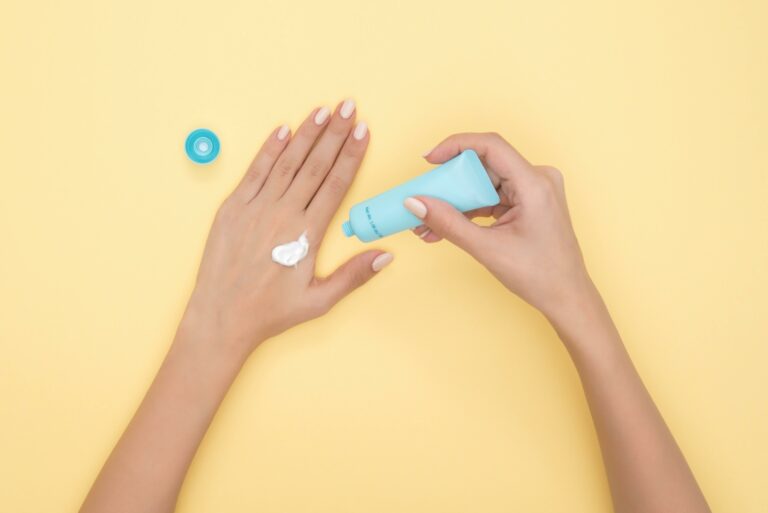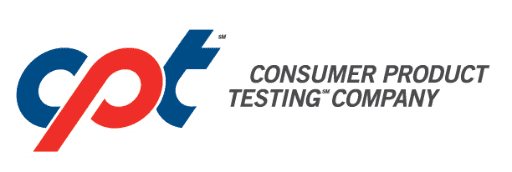Recent testing of numerous sunscreen products in US distribution has revealed significant levels of benzene in many of the products (mostly ‘aerosol’ products), with some even exceeding the current FDA limit of 2 parts per million (ppm). These findings (which were confirmed by one major US manufacturer’s internal testing of their own products) have resulted in the recall of sunscreen products from store shelves. Similarly, recent testing of sunscreen products in US and European distribution has revealed significant levels of benzophenone, some exceeding 200 ppm. Although researchers may have differing opinions over the risk presented by such levels of benzophenone in sunscreen products, savvy consumers are likely to avoid them just the same.
What is benzene, what is it used for and what are the dangers?
Benzene is a colorless, sweet-smelling, chemical that is one of the 20 most widely used industrial chemicals in the US. It is most commonly used to produce other industrial chemicals and materials such as plastics, nylon and synthetic fibers, as well as a solvent in making detergents, dyes, drugs, rubber and pesticides. Benzene is classified as a known human carcinogen by nearly every Regulatory Agency worldwide. In the US, benzene levels are tightly regulated in drinking water (by EPA – NMT 5 parts per billion), exposure in workplace air (by OSHA – NMT 1 part per million per day), and in food, drug and cosmetic products (by FDA – generally NMT 2 parts per million).
What is benzophenone, what is it used for and what are the dangers?
Benzophenone is a white crystalline solid, having a sweet “geranium-like” odor most often used as a starting material for producing other industrial chemicals. It is also widely used as a curing agent (photo-initiator) in inks and clear coatings, as a protector of colors and scents in soaps, perfumes and cosmetic/personal care products, and as a UV-blocker added to plastic packaging to prevent photodegradation of the packaging polymers and the products which they contain. In the US, Benzophenone is banned by the FDA for usage as a food additive or in food packaging, and is suspected of being a human carcinogen, mutagen and endocrine disruptor. It is also considered to be a severe allergen by the American Contact Dermatitis Society. It is important to note that Benzophenone is the chemical being discussed and not Benzophenone-3 (Oxybenzone) or Benzophenone-8 (Dioxybenzone), both of which are FDA-approved topical sunscreen active ingredients.
How do benzene and benzophenone end up in some Sunscreen Products?
In the US, benzene is banned as an ingredient in any food, drug or cosmetic/personal care product. In spite of this, it may still be found at low levels in such products either as a contaminant in one or more of the ingredients (or aerosol product ‘propellants’), a contaminant introduced during the manufacturing process, or it may form as a result of a degradative process within the product formulation. In contrast, benzophenone may be used as an ingredient in drug and cosmetic/personal care products although most consumers are not likely to purchase such products. When not used as an ingredient, benzophenone may still be found at low levels in drug and cosmetic/personal care products either as a contaminant (or additive) in one or more of the ingredients, as a contaminant which has leached into the product from plastic packaging or label inks/coatings, or it may form as a result of a degradative process within the product formulation.

What is the suspected connection between the active ingredient Octocrylene and the presence of benzene and benzophenone in Sunscreen products?
It has been strongly suggested that both benzene and benzophenone may form as a result of the degradation of Octocrylene within sunscreen product formulations. Chemical reactions have been described whereby either or both chemicals can be formed as a result of this process. Recent stability testing of sunscreen formulations concluded that the level of benzophenone within the tested products had increased over time, but this testing was conducted on samples in the primary packaging in which they are marketed. While it is possible that the degradation of Octocrylene was the source of the increasing levels of benzophenone, it is just as likely that benzophenone was leaching into the product from plastic containers or labeling inks/coatings and building up over time. As more testing is conducted, this connection between Octocrylene and the formation of benzene and benzophenone will be further clarified.
What about the sunscreen products that you currently market or those soon to be launched?
The concern over the presence of benzene and benzophenone in sunscreen products appears to be gaining traction and is not likely to go away anytime soon. A class-action suit has already been filed with regard to benzene contamination in sunscreen products. Since test results already made public indicate batch-to-batch variation in benzene levels in the very same sunscreen formulations, the class action suit is petitioning not only for the screening of each formulation, but also for the testing for benzene in each production batch prior to release. The testing of marketplace samplings will most likely continue, quite possibly including testing by FDA laboratories. Will your current and future sunscreen formulations withstand such scrutiny?
Let CPT assist in the screening of your sunscreen formulations for both benzene and benzophenone.
CPT is an FDA-registered and ISO/IEC 17025 accredited laboratory with considerable experience testing for low-level contaminants in drug and other type products. Employing state-of-the-art Analytical instrumentation, CPT has validated a GC-MS method for accurately quantitating benzene down to 50 ppb (Limit of Quantitation or LOQ). In similar fashion, both GC-MS and UPLC-MS methods for low level quantitation of benzophenone have also been validated. Our team of well-seasoned Analytical Chemists stand ready to assist you in conducting one-time screening of your sunscreen formulations or incorporating this testing into batch release and stability assessments. Why not give us a call today?

